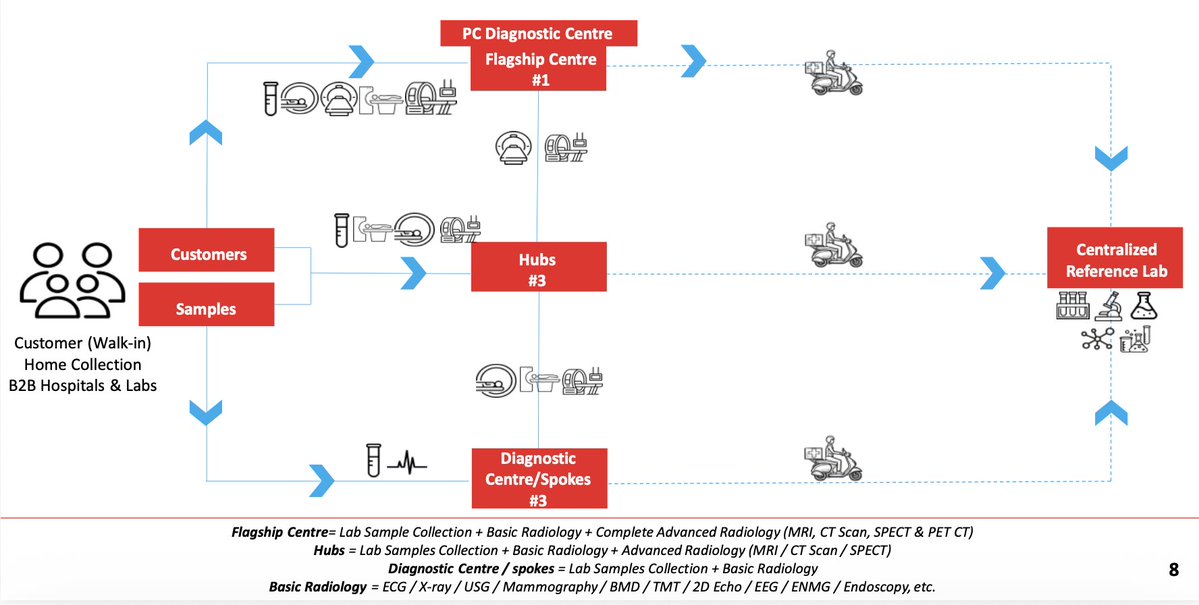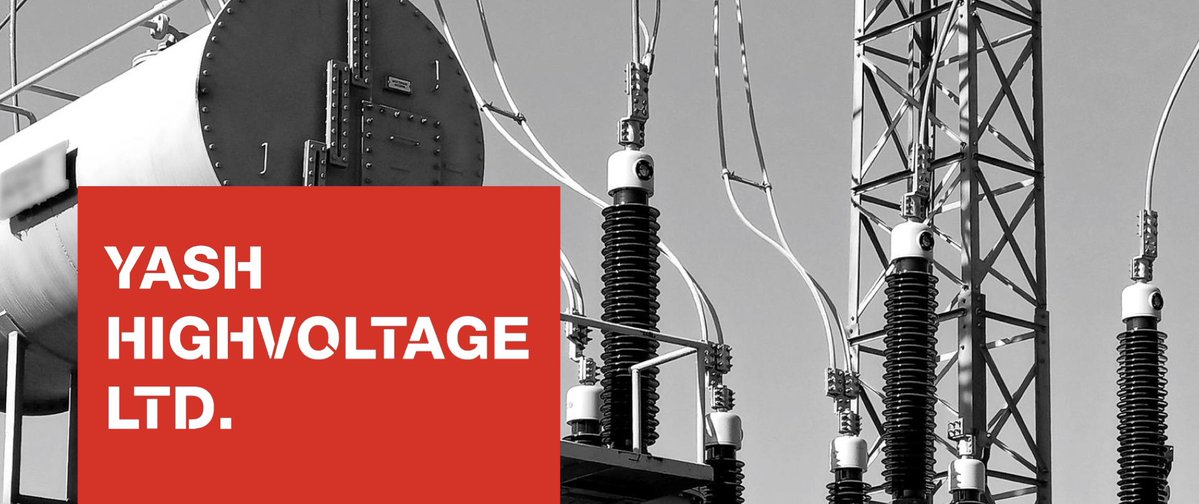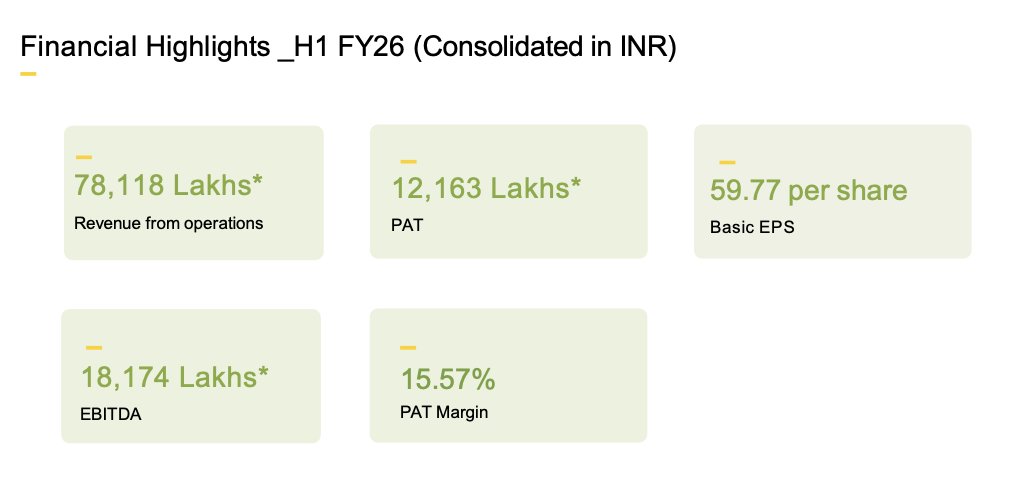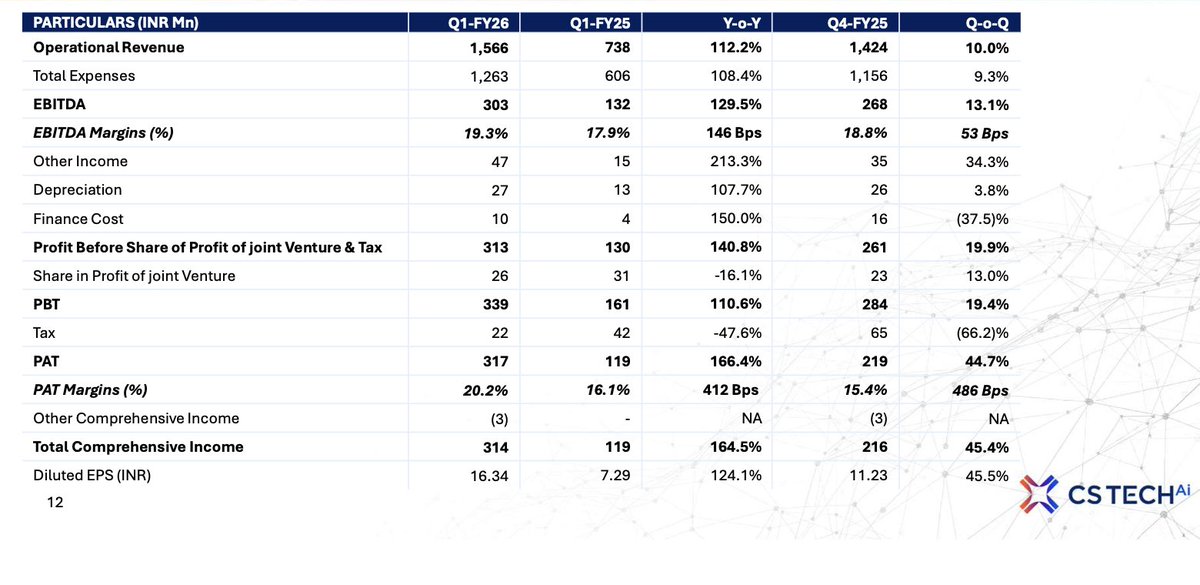
SEBI registered RA : INH000012953 Founders - @Rahul_Invest & @Rakesh_Invest LNPR WhatsApp Channel - https://t.co/o6VSdmvLKp
7 subscribers
How to get URL link on X (Twitter) App


 The company operates a hub-and-spoke diagnostic model:
The company operates a hub-and-spoke diagnostic model:

 Strong Product Portfolio
Strong Product Portfolio

 ✅ Blockbuster H1 FY26 Results 🚀
✅ Blockbuster H1 FY26 Results 🚀

 Business Overview
Business Overview

 📌 Q1 FY26 Financial & Operational Highlights (Ended June 30, 2025)
📌 Q1 FY26 Financial & Operational Highlights (Ended June 30, 2025)

 ➞ Business Segments
➞ Business Segments

 🧁 Product Portfolio
🧁 Product Portfolio

 ➞ Rama Phosphates Limited stands tall in the fertilizer industry with its leading brands “Girnar” and “Suryaphool”.
➞ Rama Phosphates Limited stands tall in the fertilizer industry with its leading brands “Girnar” and “Suryaphool”.

 Gallantt Ispat Limited – Business & Product Overview
Gallantt Ispat Limited – Business & Product Overview

 ⟹ Product Portfolio
⟹ Product Portfolio

 ➟ Business Profile: The company finances the purchase and self-construction of residential properties for first-time home loan takers through home loans and also offers loans against property (LAP).
➟ Business Profile: The company finances the purchase and self-construction of residential properties for first-time home loan takers through home loans and also offers loans against property (LAP).

 Business Profile
Business Profile

 Business Overview:
Business Overview:

 Growth Drivers
Growth Drivers

 Business Overview
Business Overview

 CRISIL Ltd
CRISIL Ltd 

 Engineering Giants – The Backbone of Defence & Aerospace
Engineering Giants – The Backbone of Defence & Aerospace
 Driving Growth Through Advanced Expansion
Driving Growth Through Advanced Expansion

 Product Portfolio:
Product Portfolio:


 - The company began operations in technical collaboration with Schock & Co., becoming one of the largest manufacturers of quartz kitchen sinks in Asia.
- The company began operations in technical collaboration with Schock & Co., becoming one of the largest manufacturers of quartz kitchen sinks in Asia. 

 Product Segments 🏭🚀
Product Segments 🏭🚀